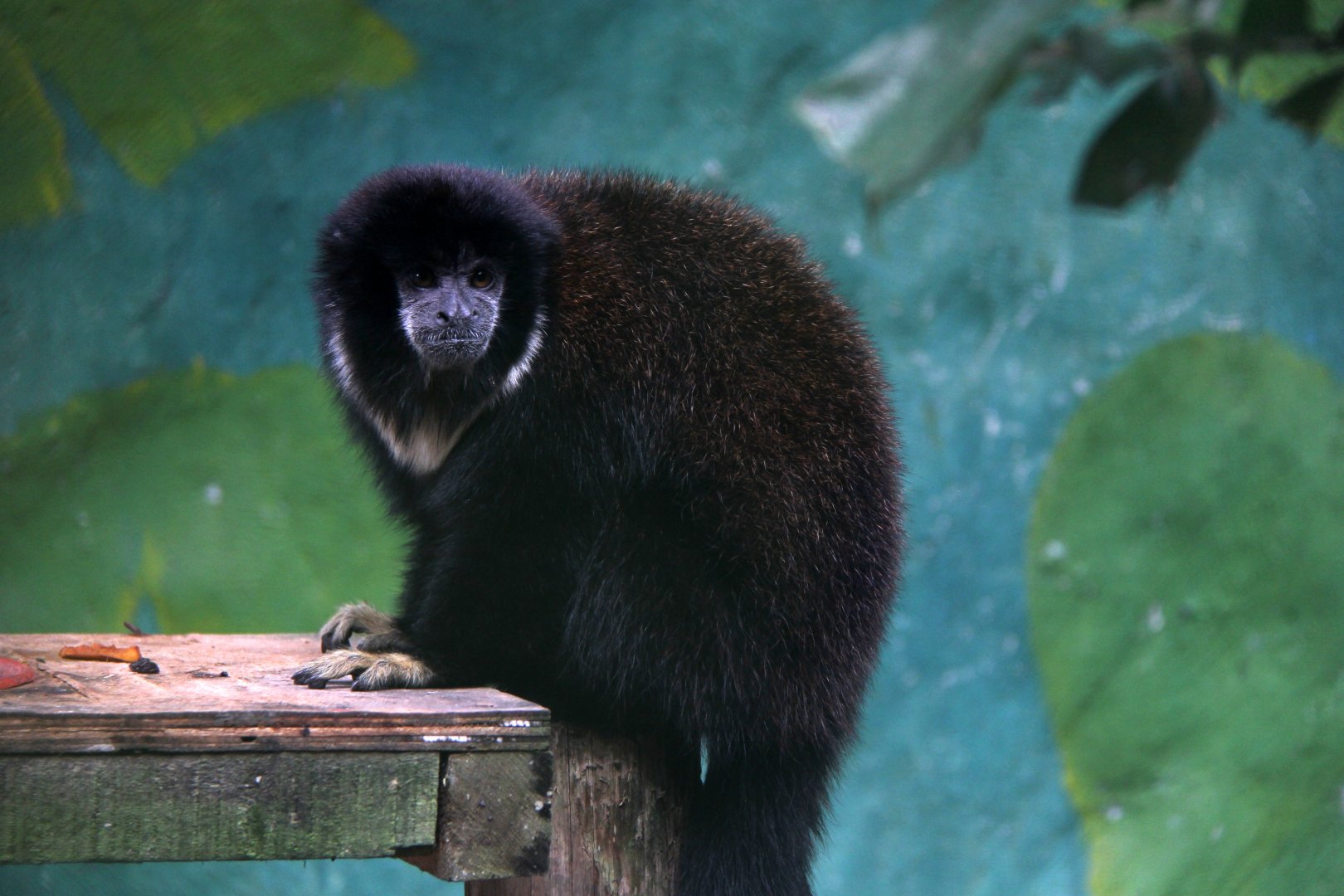The Lucifer titi, scientific name Cheracebus lucifer is a species of titi, a kind of New World monkey, from South America. It’s present in Brazil, Colombia, Ecuador, and Peru.
It was described as Callicebus luciferin 1914. The Lucifer titi has beforehand been handled as a part of C. torquatus, the collared titi.
Lucifer titi Origin
Traditionally, titis had been monogeneric, comprising solely the genus Callicebus Thomas, 1903. Owing to the nice variety discovered throughout titi monkey species, a brand new genus-level taxonomy was lately proposed that recognizes three genera inside the subfamily Callicebinae; Cheracebus Byrne et al., 2016 for the species of the torquatus group (Widow titis); Plecturocebus Byrne et al., 2016 for the Amazonian and Chaco titis of the moloch and donacophilus teams; and Callicebus Thomas, 1903 sensu stricto, for species of the Atlantic Forest personatus group.
Lucifer titi Distribution
Distributed in Peru, Ecuador, Colombia, and Brazil between Caqueta and Japua and between Aguarico and Solimos.
Lucifer titi Habitat and Biology
There are teams of two to five people. It is a particular monogrammed group that was shaped by a macho and a younger grownup and his descendants.
We individually search for their proprietary teams and territories in terms of the sexual mature that’s and is influenced by the newcomers individually inside the group.
This aspect is the principal of fruits, a lot of them are sweet. Full your food plan with some bugs,
Flores, and semen. The distinction between day and night time (Callicebus discolor), this specialty is definitely activating and shifting in essentially the most a part of the time.
If he estimated that his life was going to be between 5 and 10, he would get the Tierra agency, the principal would.
Additionally, you will discover within the boards of bushes and preferences in dense vegetation zones.
Description
From distinguishing the remainder of the primates from the presentation of the attribute mixture. The color of the blanks could be discovered.
Other Recommended Reading
- Silverback Gorilla vs Grizzly Bear Encounter
- Monkey Eating Banana – Why do Monkey Eat Bananas?
- Monkey Habitat – How do Monkeys Survive in their Habitat?
- Where Do Monkeys Live – What is the Habitat of a Monkey?
- Gelada Monkey Facts and Description
- Golden Bamboo Lemur Facts
- Monkey Diet – Are Monkeys Carnivores?
- Black and White Ruffed Lemur
- Why is Mongoose Lemur Endangered?
- Red Fronted Brown Lemur
- Dwarf Lemur – Hairy Eared Fat-Tailed Dwarf Lemur Facts
- Crowned Lemur Facts
- Red-Bellied Lemur Facts
- Gray Mouse Lemur Pet – Lesser Mouse Lemur Facts
- Brown Mouse Lemur Pet Facts For Sale
- Silver Springs Monkeys in Florida
- Golden Monkey (Cercopithecus kandti) – an Old World monkey
- Types of Lemurs – How many Species of Lemurs are there?
- Greater Bamboo Lemur (Prelimor Seamus)
- Indri Lemur (Indri indri)- Why is it called Babakoto?

